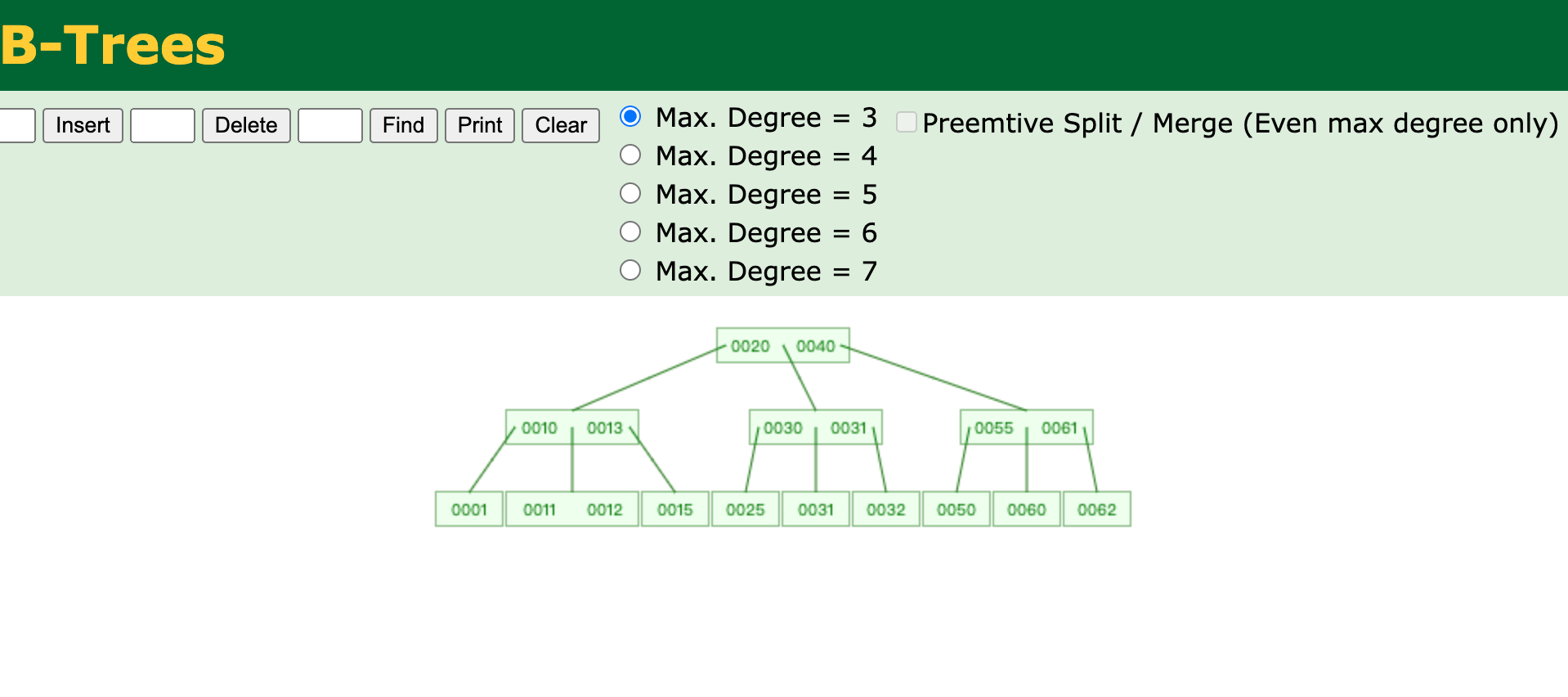查询 MongoDB时间段查询:实现有效管理(mongodb时间段)
MongoDB是一款使用JSON格式的非关系型数据库,其具有出色的文档查询和高性能,但在使用MongoDB中,查询时间段是一个经常遇到的问题,本文将阐述如何通过MongoDB实现有效管理查询时间段数据。
MongoDB 时间段查询可以使用$gte/$lte运算符:
db.collection.find({
$and: [ {"dateTime": {"$gte": "startTime"}},
{"dateTime": {"$lte": "endTime"}} ]
}).sort({"dateTime": 1});
其中“dateTime”用于存储时间,“startTime”和“endTime”分别指明了要查询的开始和结束时间。当将日期字段存储为ISODate格式时,可以使用$gte/$lte/$gt/$lt等选项来指定查询条件。
db.collection.find({
$and: [ {"dateTime": {"$gte": new Date("startTime")}},
{"dateTime": {"$lt": new Date("endTime")}} ]
});
另外,MongoDB也支持使用The Aggregation pipeline运算符实现查询时间段数据:
db.collection.aggregate([
{ "$match": {
"$and": [ {
"dateTime": { "$gte": new Date("startTime"),
"$lt": new Date("endTime") }
} ]
} },
{ "$sort": {
"dateTime": 1 }
}]);
上述代码中,$match用于指定查询指定&&条件,而$sort操作则用于对后续结果进行排序。这些操作加起来能够有效的实现对时间段的查询以及管理。
总之,MongoDB可以很好的实现时间段查询,让我们在数据管理中拥有更多的灵活性和效率。无论是使用$gte/$lte运算符还是The Aggregation pipeline都能够有效的实现对时间段数据的有效管理,让我们更好地实现对MongoDB进行管理和查询。





